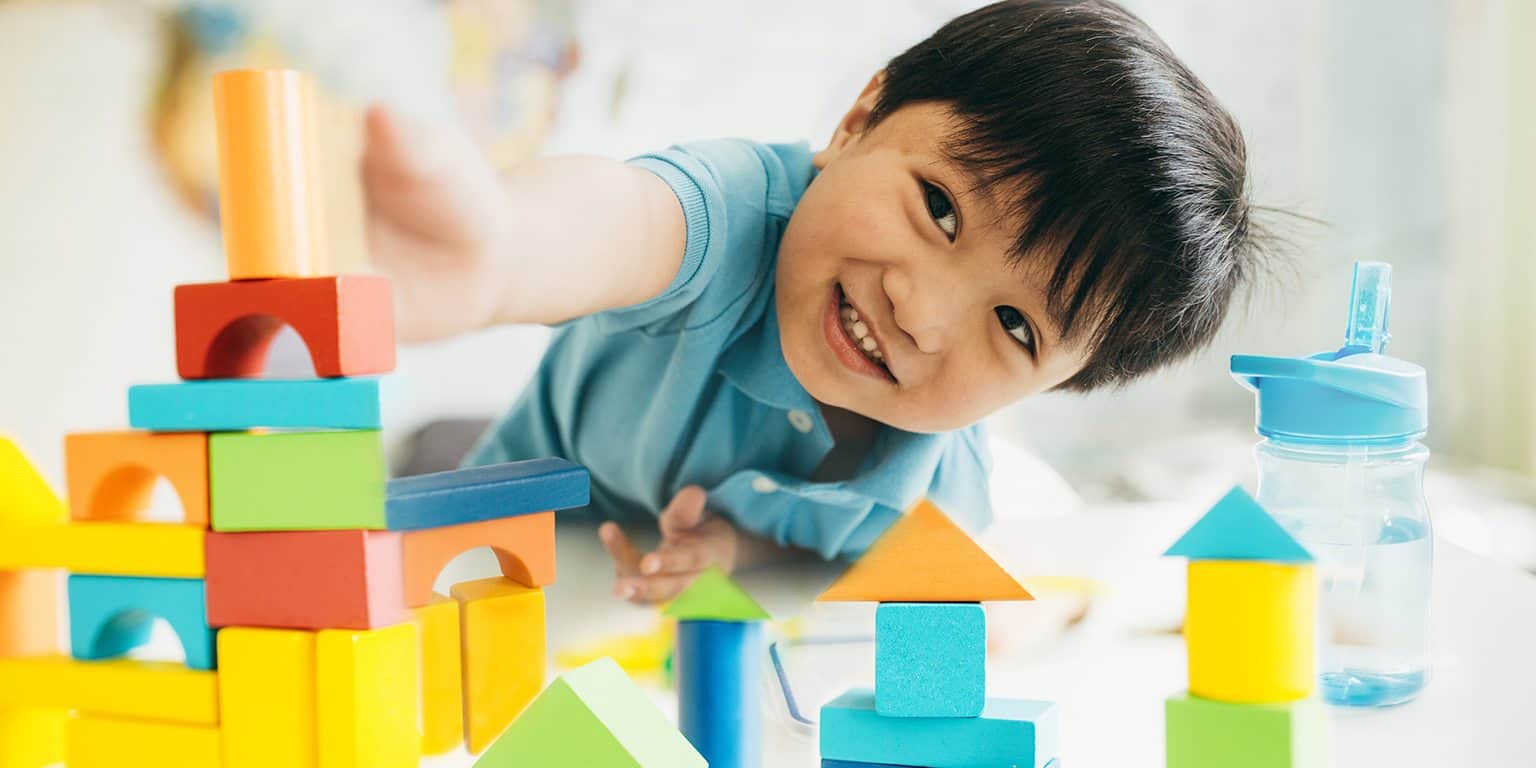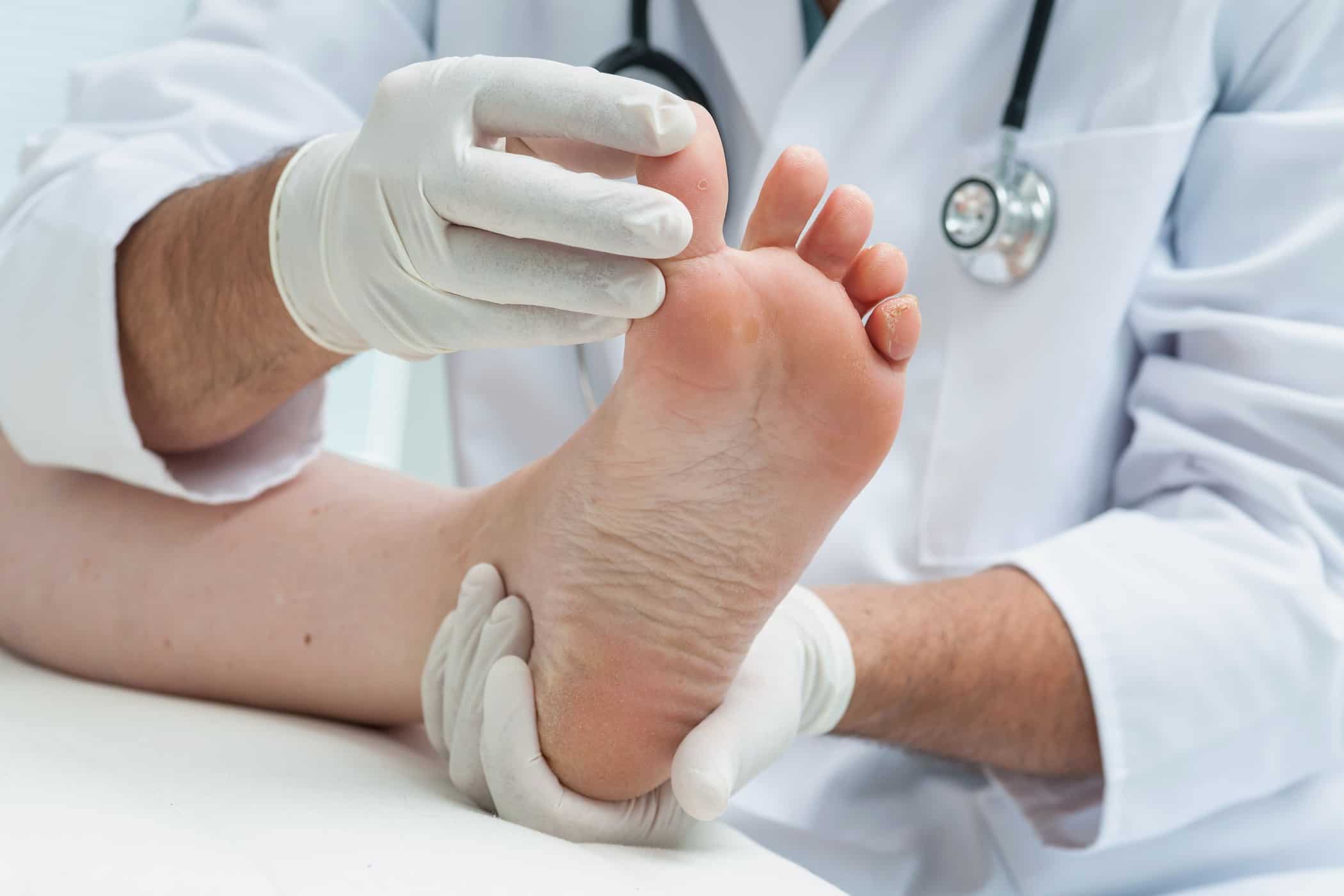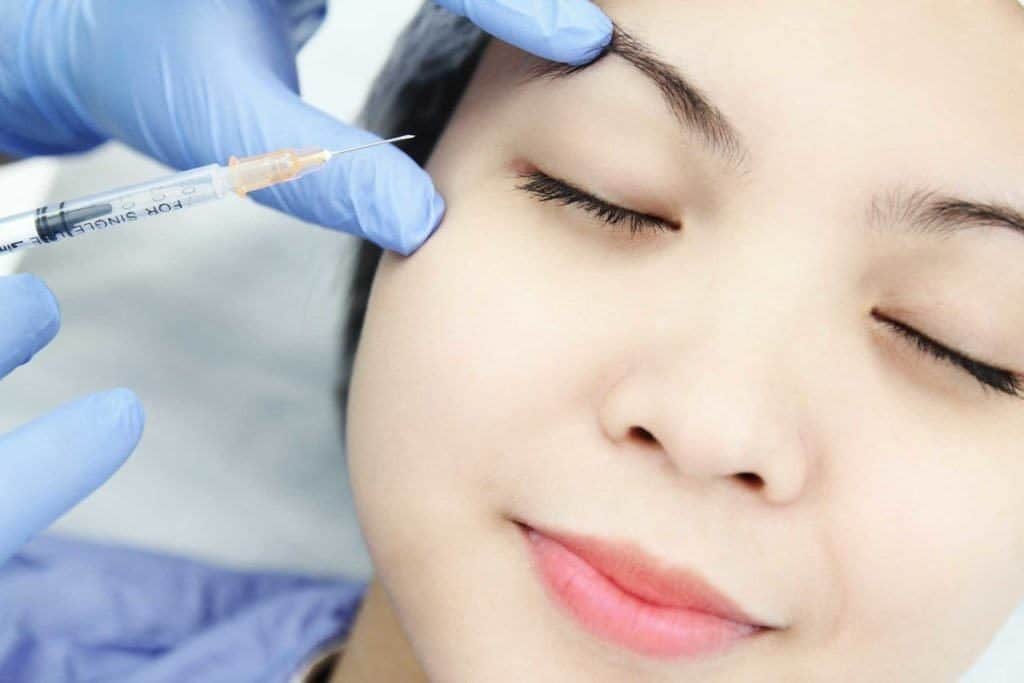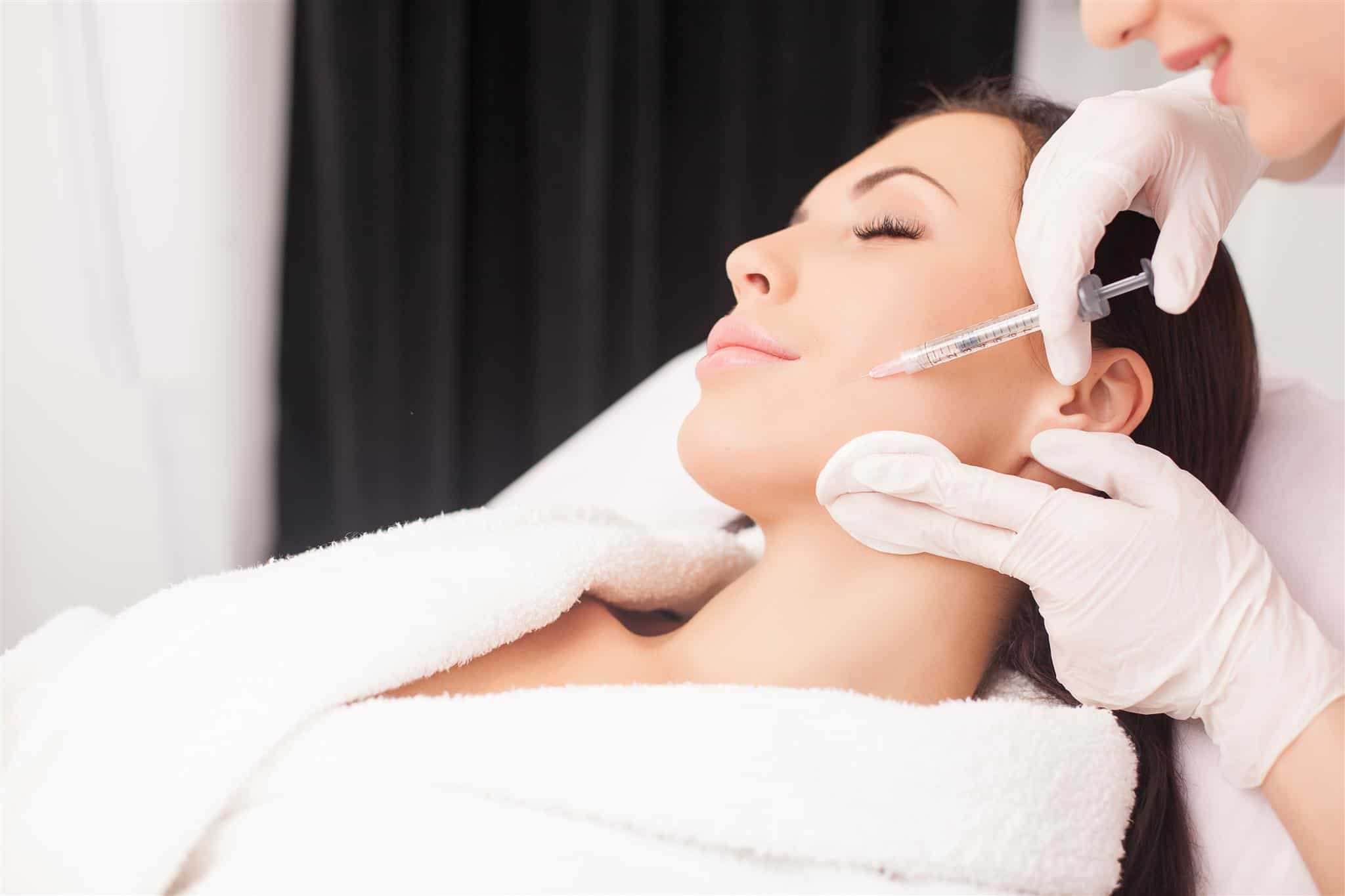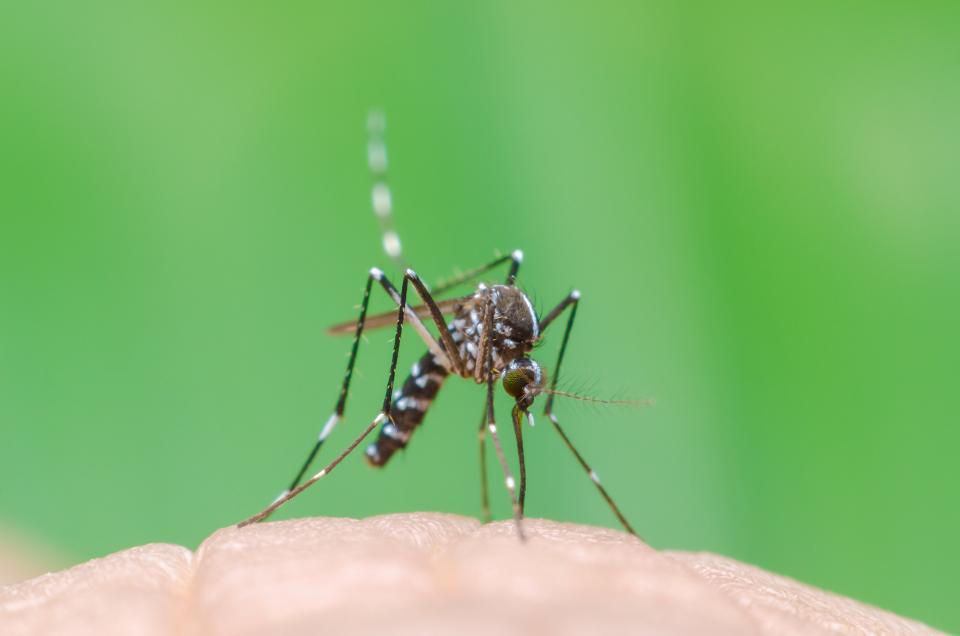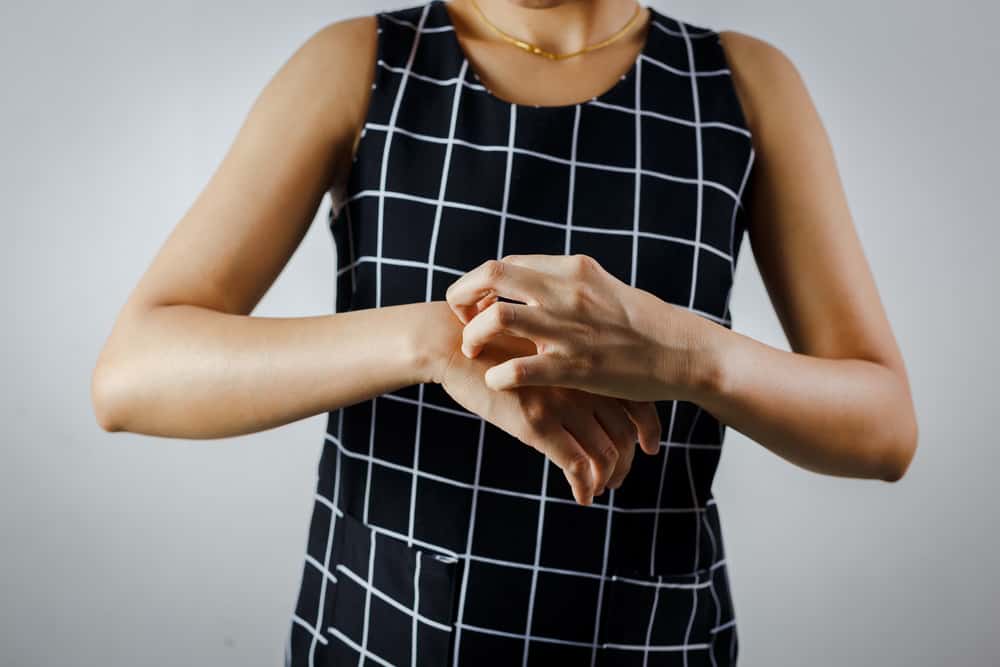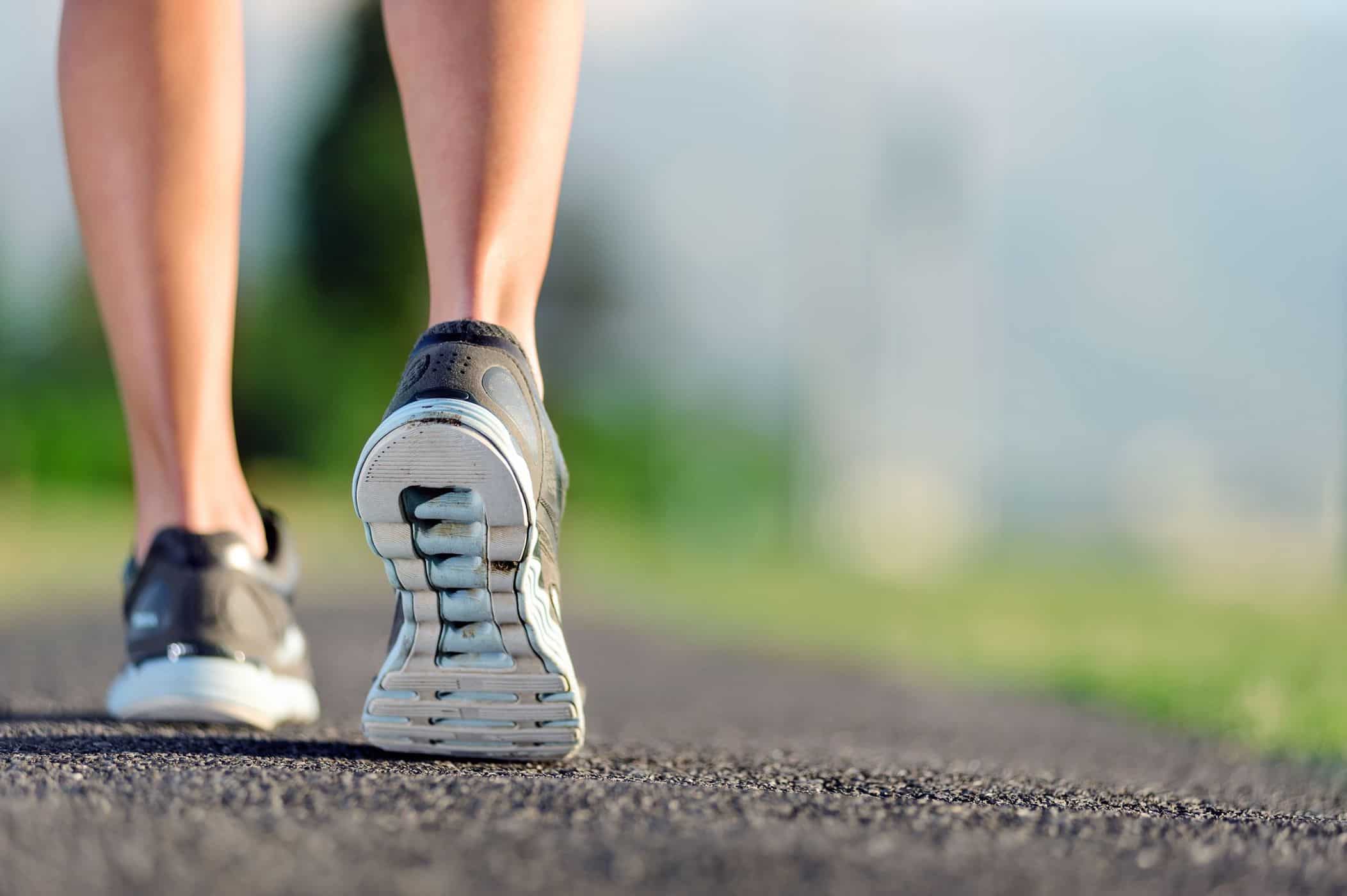Contents:
- Medical Video: Webinar: Guidelines for Stroke Rehabilitation and Recovery
- Important things to know during rehabilitation
Medical Video: Webinar: Guidelines for Stroke Rehabilitation and Recovery
The brain of a child and baby is still in its infancy and development and is constantly learning new things.
Rehabilitation after a stroke or transient ischemic attack may cause significant long-term improvement in your child.
The duration of rehabilitation treatment will be different for each child, and different amounts or types of therapy may be needed at different times during growth and development.
All children diagnosed with stroke must receive detailed assessments from doctors who specialize in rehabilitation. The rehabilitation team will be able to determine the best type of therapy for children to be able to benefit from the treatment.
Feeling overwhelmed by all the checks for days after the initial diagnosis of stroke in children is natural. All health professionals who examine a child will work together as a team to ensure each child receives the best care. Both the family and the health team will work together to form an individual care plan for the child.
It is important for family members to be involved in planning care and understanding the details and requirements to help children have the best healing process.
It is also important for rehabilitation therapy to begin as soon as possible after the stroke is detected. Rehabilitation must begin at the hospital and continue after the child leaves the hospital. After being discharged from the hospital, rehabilitation can be done at home, in an outpatient clinic that is part of the hospital, or at a special child rehabilitation center.
Rehabilitation sessions are carried out to improve the function of organs affected by stroke and help children adapt to physical or cognitive changes. Therapy sessions can also include developing skills that will be needed in order to be able to move independently in school or on the playground. Cognitive assessment, which examines a child's ability to learn and detect learning difficulties, can help in planning an educational program after the child reaches school age or returns to school.
It would be better to involve all family members in the child's rehabilitation process. It is also important for his siblings to be involved, and given the opportunity to ask questions and get honest answers that are age-appropriate.
The team of doctors must continue to provide information and education throughout the rehabilitation period and during recovery. The educational needs of each family are unique and tend to change throughout rehabilitation, recovery, and as children reach a new stage of development.
Important things to know during rehabilitation
- The stroke rehabilitation team will work with you and your child to develop a rehabilitation plan. This plan must be updated as children recover.
- Parents and family members must receive training by the rehabilitation team about how to help children during rehabilitation and recovery.
- The stroke team must work with the family to prepare the process when the child comes home from the hospital. You may need to adjust your home to make it safe and easy to monitor your child.
- When you leave the hospital, rehabilitation must continue and can be done in different situations such as outpatient clinics, community programs, in your home, and at school.
- If the child's symptoms change or appear to be worse during rehabilitation or after the child leaves the hospital, notify your child's health care team immediately.




